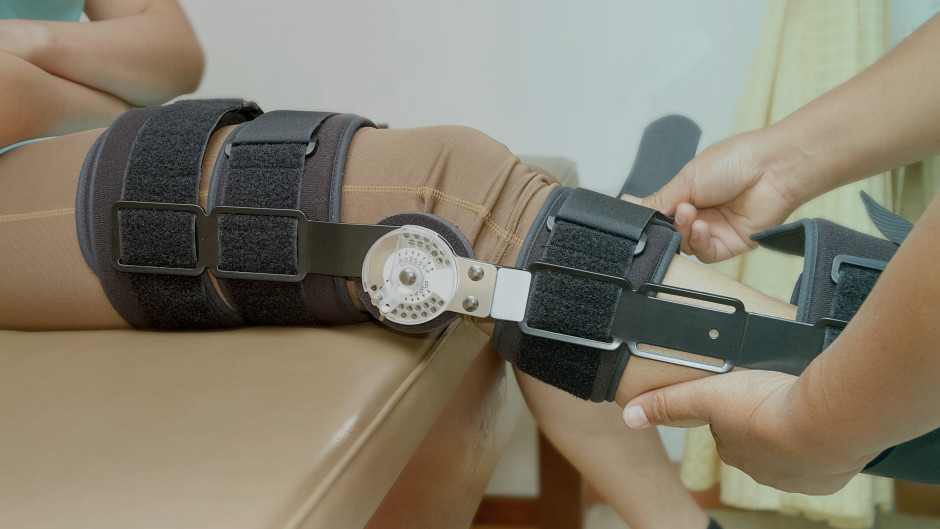UNDERSTANDING CAM MORPHOLOGY
What is cam morphology?
Cam morphology is a result of an abnormally shaped femoral head, with convexities and bony deposition occurring at the head-neck junction. It is also referred to as 'cam deformity' or 'cam lesion'. It is one possible cause of femoroacetabular impingement syndrome (FAI) i.e early impingement of the head-neck region with the acetabular rim. A shear stress force is created as the CAM is forced into the acetabulum. It also causes a carpet lesion where the cartilage of the acetabulum is forced off the subchondral bone.1
If you want to learn more about this topic, you can watch Dr. Rintje Agricola's lecture here:
Factors associated with cam morphology
1. Gender
Cam morphology is frequently seen more in males than in females.
2. Genetics
Caucasian people have a higher prevalence of cam morphology than Asian people. Another study showed that siblings of patients with cam-type FAI were 3 times more likely to have cam morphology than the patient's spouses.
3. Growth plate
Usually the growth plate of the femoral neck is more or less horizontal, but when it bends more towards the femoral neck, it is associated with cam morphology.
4. Athletic activity
The prevalence of cam morphology in high impact athletes can be as high as almost 90%
To learn more, watch this clip about factors associated with cam morphology from Dr Rintje Agricola's lecture.
How does cam morphology develop?
Cam morphology is first visible from the age of 12 to 13 years. It occurs during this time because children go through a growth spurt and it is a period in which bone is most responsive to exercise. Cam morphology also gradually increases in size with time.1 In a cross-sectional cohort study of 210 individuals which studied physical activity during adolescence and the development of cam morphology, the alpha angle was used to to quantify the development of cam morphology. The size of the alpha angle that denotes abnormal morphology is probably influenced by the shape of the femur, the shape of the acetabulum, the susceptibility of the cartilage, and the amount of activity. Nine-year-old participants had uniform alpha angles, but with increasing age, a fraction of them showed an increase in alpha angle values consistent with cam development.2 It also exclusively develops till the growth plate is closed.




Thus, the presence of competitive athletic experience during adolescence is significantly related to cam morphology. Clinicians need to be aware of the potential for secondary hip pathology and before the age of 10, proposed measures to stop the emergence of cam morphology should start. 2
If you want to learn more about this topic, you can watch Dr. Rintje Agricola's lecture here:
Sources:
1. Lecture ' Influence of Athletic Activities on Hip Development' by Dr Rintje Agricola on Trust me-Ed
2. Antony Palmer, Scott Fernquest, Mo Gimpel, Richard Birchall, Andrew Judge, John Broomfield, Julia Newton, Mark Wotherspoon, Andrew Carr, Sion Glyn-Jones; Physical activity during adolescence and the development of cam morphology: a cross-sectional cohort study of 210 individuals; British journal of sports medicine, Volume 52 issue 9
https://bjsm.bmj.com/content/52/9/601



